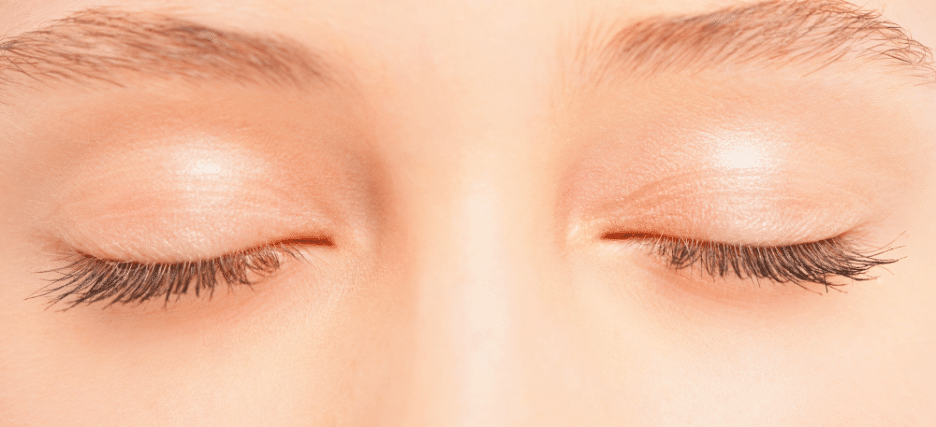Droopy upper eyelids can make you look tired and worn out and far older than you actually are. Moreover, eyelids that extend down over your field of vision can obstruct your eyesight, putting you at risk when driving and interfering with your quality of life.
Eyelid surgery, also known as blepharoplasty, can correct this cumbersome issue and give you back your youth, vibrancy, and vision.
But how do you qualify for eyelid surgery?
In this article, we’ll outline just what a blepharoplasty involves and what you need to do to qualify for this procedure.
What Is Eyelid Surgery?
Eyelid surgery corrects aesthetic and functional issues associated with the upper or lower eyelids.
Typically, upper blepharoplasty (upper eyelid surgery) is performed to correct ptosis, or drooping of the lids over the patient’s field of vision. This can not only cause vision issues, but it can make an individual look fatigued and aged.
Lower eyelid surgery may be performed to get rid of under eye bags. This usually means removing excess eyelid skin and/or removing or redistributing excess fat in the area beneath the eyes.
How to Qualify for Eyelid Surgery

It’s especially important that patients do not have serious eye conditions, which may compromise their vision due to the stress of surgery. If you struggle with a thyroid disorder, heart disease or hypertension, a circulation condition, or diabetes, you may not be a good candidate for this procedure.
Most eyelid surgery patients are between the ages of 40 and 80. It’s best if patients have healthy skin and good skin laxity. Keep in mind that this surgery can improve droopy lids and undereye bags, but it won’t necessarily correct wrinkles, fine lines, discoloration, drooping eyebrows, or lines between the brows.
What if I Wear Contacts?
Patients who wear corrective contact lenses can still undergo blepharoplasty. However, you may need to wear your glasses and refrain from wearing your contacts directly after surgery and for about a week or longer during your recovery period.
How to Qualify for Eyelid Surgery Medicare or Insurance Will Cover
In addition to knowing if they will qualify for eyelid surgery with a plastic surgeon, many patients want to know if they will qualify to have their eyelid surgery cost covered through Medicare or their insurance company.
This is a slightly more difficult question to answer because all insurance companies have different policies. Still, we can do our best to outline requirements for insurance coverage of blepharoplasty.
First, any plastic surgery that is going to be covered by insurance or Medicare needs to be medically necessary. Aesthetic surgeries (any cosmetic surgery performed for aesthetic reasons only) are not covered by insurance because they are not medically necessary.
Blepharoplasty is usually somewhere in the middle. Patients frequently want this surgery to correct aesthetic issues, but there are medical reasons for the procedure as well.
Patients with droopy upper eyelids, for example, usually don’t like the way they look with excess eyelid skin falling over the tops of their eyes. But if this issue is causing vision problems, then eyelid surgery to fix the issue can be both medically necessary and cosmetically useful for the patient.
Medicare and Insurance Requirements
Again, all insurance providers have different stipulations regarding what they will and will not cover. Basically, for blepharoplasty to be covered, a visual field test needs to be performed by a licensed ophthalmologist. The findings of this test should indicate that there is a minimum of 30% or 12 degrees of upper field of vision loss, due to overlying upper eyelid skin.
The test will be performed both with the eyelids in their natural position and with them elevated or taped so that the entire field of vision can be utilized. A licensed medical professional must sign off that the patient requires this medically necessary procedure (blepharoplasty) in order to restore vision. In some cases, having these two things can help a patient attain coverage for their eyelid surgery.
How Hooded Does an Eyelid Need to Be to Qualify for Surgery?
A patient’s droopy eyelids must be causing a reduction in upper field of vision of at least 12 degrees or 30%. To determine this, a patient must undergo a field vision test performed by a licensed ophthalmologist.
Finding the Right Plastic Surgeon for Your Eyelid Surgery

Blepharoplasty is a challenging procedure that must only be performed by a highly skilled, board certified plastic surgeon. It is worth it to find a professional with expertise and experience performing this procedure, in particular.
In the event that you choose someone less qualified or not qualified at all, you risk ending up with a botched upper eyelid surgery. In some cases, this can cause patients irreversible damage to their vision, appearance, or both.
Schedule a Consultation With Us Today
As always, if you want to know the best way to qualify for eyelid surgery (or any plastic surgery), you must schedule a consultation and speak directly with a plastic surgeon. Board certified plastic surgeon Dr. Ashley Steinberg would love to meet with you to discuss your qualification for surgery at your earliest convenience. Call us today to book your appointment!
References
https://www.plasticsurgery.org/cosmetic-procedures/eyelid-surgery/candidates













